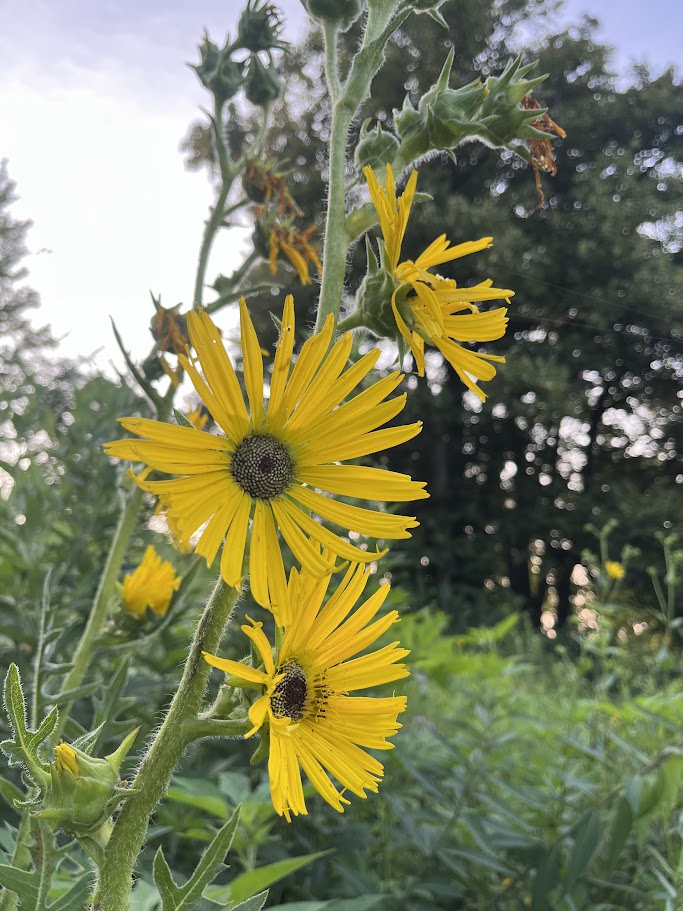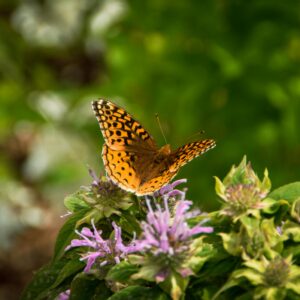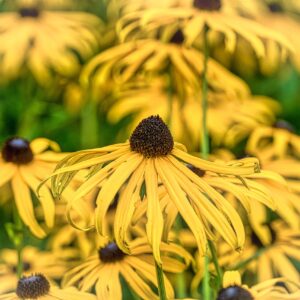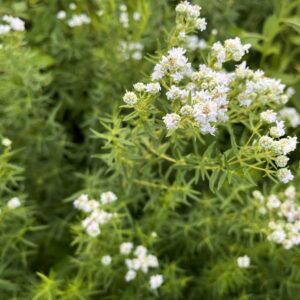Compass Plant (Silphium laciniatum) – A Tall Prairie Sunflower
Compass Plant is a tall, long-lived perennial wildflower native to North American prairies. Named for its deeply lobed leaves, which often orient north to south, it helps reduce water loss in the harsh prairie sun. This striking plant features bright yellow sunflower-like blooms atop a towering stalk, making it a key species in tallgrass prairie ecosystems and an important nectar source for pollinators.
Flowers: Large, yellow, daisy-like flowers (2–4 inches across) with dark yellow centers. Blooms from mid to late summer, often lasting up to two months. Flowers are arranged in a loose, vertical cluster along the upper portion of the stem.
Height & Spread: Grows 6 to 12 feet tall, making it one of the tallest prairie wildflowers. Spread is 1 to 3 feet wide, with a strong clump-forming habit.
Leaves: Deeply cut, lobed leaves resembling those of an oak tree. Can grow up to 18 inches long and have a rough, sandpapery texture. Leaves tend to align north-south, reducing direct sun exposure and minimizing water loss.
Stem & Growth Habit: Tall, unbranched, and slightly hairy stem with a coarse, ridged texture. Strong, deep taproot (up to 15 feet) makes it extremely drought-tolerant.
Habitat & Range: Found in tallgrass prairies, open fields, and roadsides across central and eastern North America. Thrives in full sun and well-drained soils, especially in dry to mesic prairies.
Pollinators & Wildlife: Attracts native bees, butterflies, and beetles as a nectar source. Goldfinches and other songbirds eat the seeds in late summer and fall. Resistant to deer and rabbits due to its coarse texture and bitter sap.
“Compass” Orientation of Leaves: The north-south alignment of its leaves helps regulate temperature, reducing exposure to intense midday sun. Pioneers used Compass Plant as a navigational aid when traveling across the prairie.
Deep Taproot for Survival: With a taproot reaching up to 15 feet deep, Compass Plant is exceptionally drought-tolerant and can survive extreme conditions. This makes it one of the longest-lived prairie plants, often thriving for decades.
Part of the Tallgrass Prairie Ecosystem: Historically covered vast areas of the Great Plains, where it coexists with grasses like Big Bluestem and Indian Grass. Plays a key role in prairie restoration projects due to its deep roots and ability to stabilize soil.
Growing Compass Plant: Best for prairie restorations, pollinator gardens, and native plant landscapes. Thrives in full sun and requires well-drained soil. Slow to establish but highly long-lived once mature. Drought-resistant due to its deep taproot but does not tolerate wet soils.





